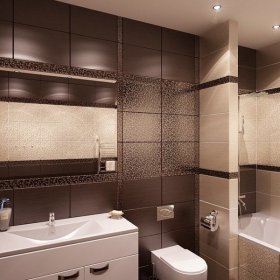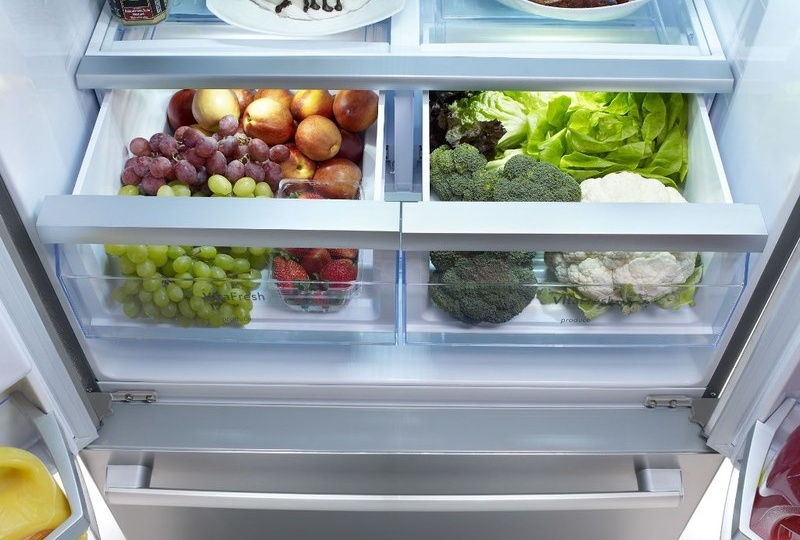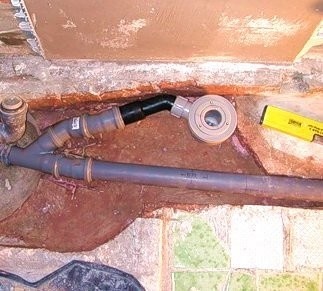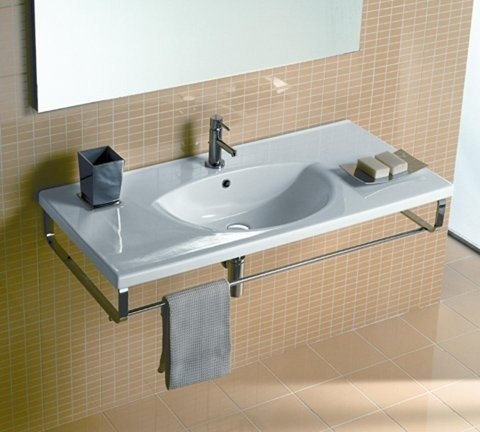5 materials that should not be used in the bathroom

When choosing materials for decorating the bathroom, it is important to consider the specifics of this room. Frequent water procedures contribute to high humidity and sudden changes in temperature. Some materials do not withstand these conditions and quickly lose their appearance or even become dangerous.
Wallpaper
The main disadvantage of paper-based wallpapers is their hygroscopicity - they are thoroughly saturated with moisture, the adhesive loses its properties, and the coating swells or completely peels off the walls. Due to the frequent exposure to steam, a fungus forms over time, which can be invisible to the naked eye, affecting the coating from both the front and back. Washing the wallpaper in this case will only exacerbate the situation.
Even modern versions of washable wallpaper or vinyl-based products will withstand active use in the bathroom for no more than 1-2 years. They are very easy to damage, and they wear out especially quickly in places of direct contact with water - near the bathtub and sink. Such a coating will very quickly require replacement and new repairs, which will entail significant costs.
Wood Finishing Materials
Products based on natural wood are expensive, and when used in the bathroom they need additional processing - coating with antifungal and water-repellent compounds, staining. Walls made of wood panels are not washable and, under the influence of constant humidity, are deformed within 2-3 years after installation. When choosing this material for finishing the bathroom, replacement of the coating will be required after about 5 years, subject to careful care and careful operation.
Laminate
For the bathroom, you can use only a moisture-resistant type of laminate made of synthetic materials. Very high requirements are imposed on the quality of the coating, so it costs a lot, but it does not differ by its significant service life.
Due to the constant accumulation of water in the cavities of the laminate, it deforms very quickly. In addition, the bathroom is a place of increased risk of water accidents. If a pipe bursts under the floor, the coating instantly swells, and it will have to be completely replaced with a more practical option.
Linoleum
Exposure to high temperatures and humidity can make this cover a hidden threat to your health - under such conditions mold and fungus start under linoleum, the presence of which the house owners do not even suspect.
Synthetic material wears out very quickly - after a year, deformations and holes may appear in the flooring. Constant exposure to sunlight does not improve the situation - in this case, linoleum burns out and becomes faded. High-quality linoleum is expensive, but it does not guarantee you the complete absence of the above problems.
Decorating plaster
This type of coating is affordable and relatively durable.But when used for a bathroom, decorative plaster has a significant minus - it cannot be washed. Dust and moisture will constantly accumulate on the surface of the walls, and the fact that with most decorative plastering techniques a relief result is obtained will only complicate the cleaning process. Over time, it will become increasingly difficult for you to prevent the appearance of the fungus, in addition, cracks will appear on the surface, and the plaster can even fall off pieces from the walls in pieces.
When choosing materials for the bathroom, it is better to give preference to ceramic tiles, mosaics or plastic panels. These products are easy to clean, allow you to create an imitation of any coating and will last you more than one decade.


